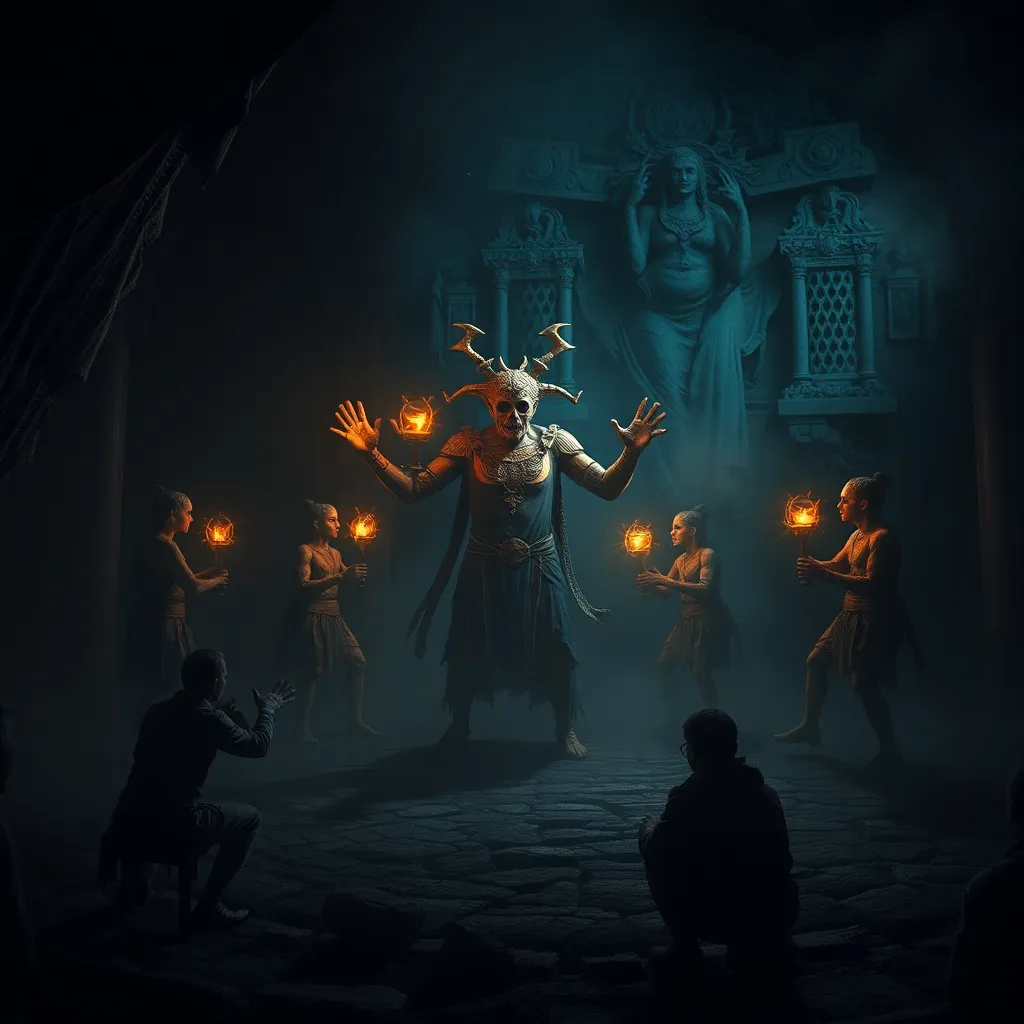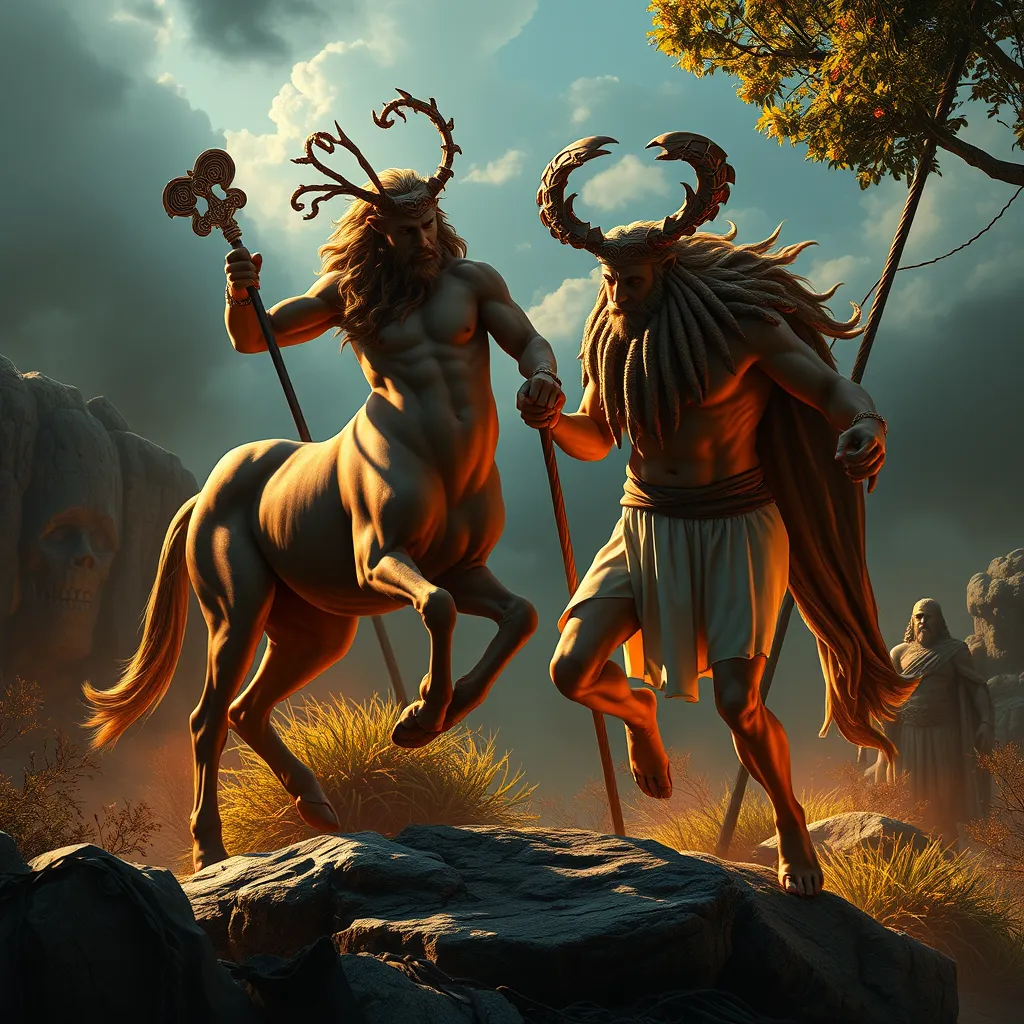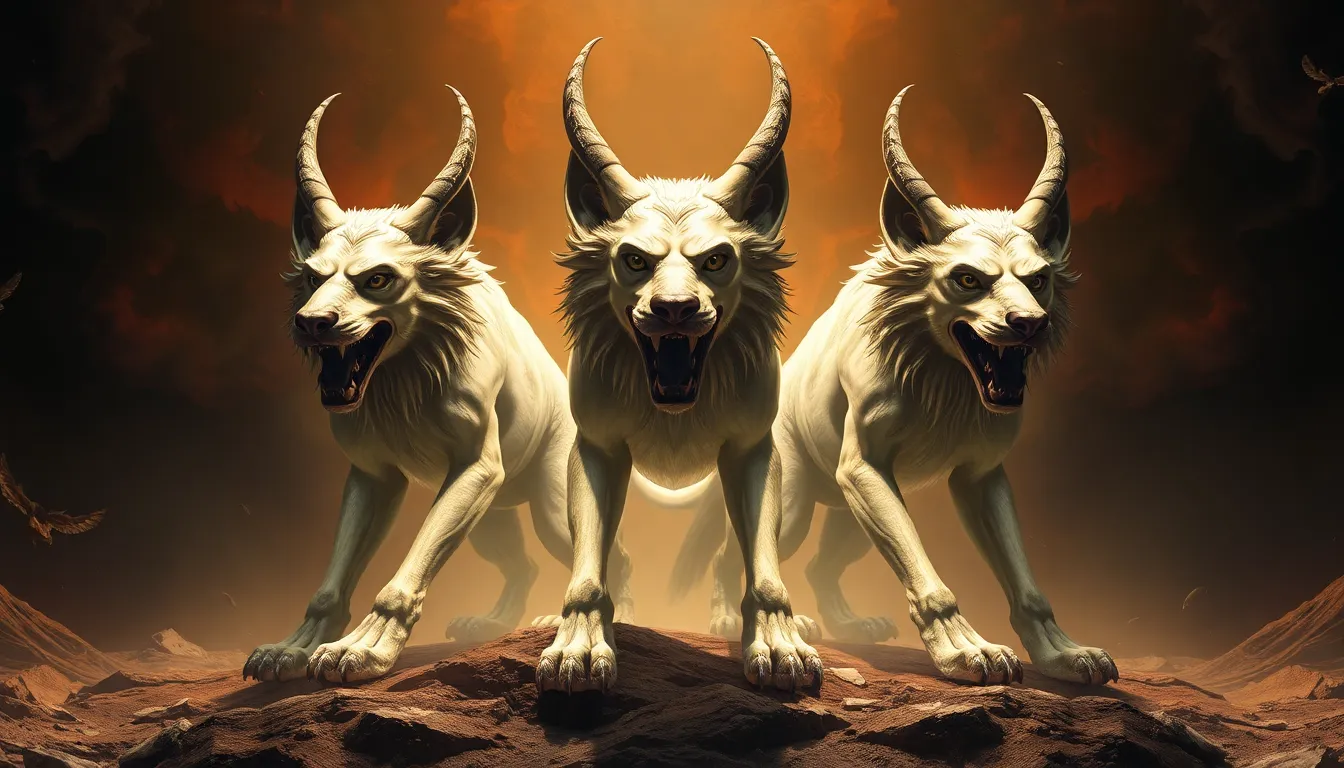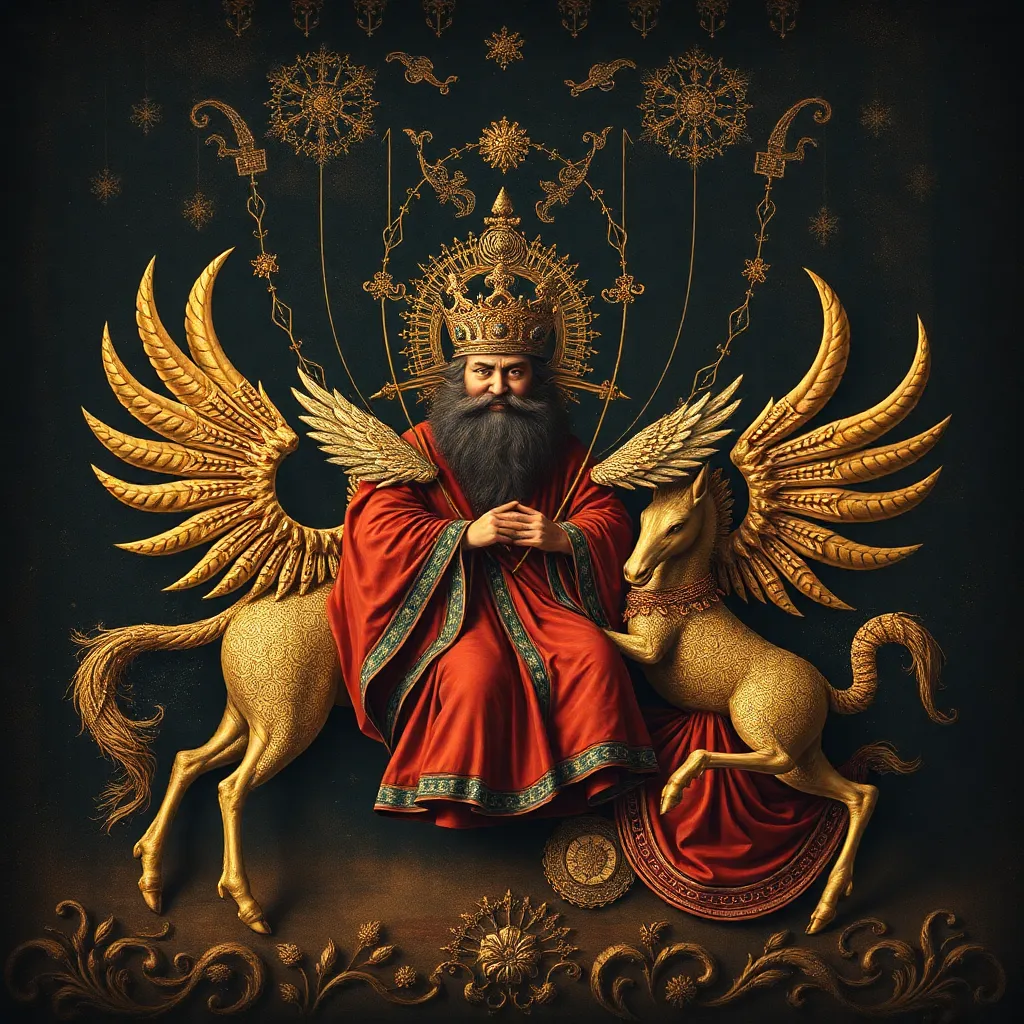The Golem’s Dance: Exploring the Role of Ritual and Ceremony in Jewish Mythology
I. Introduction
The Golem myth is a fascinating narrative that has captured the imagination of scholars, artists, and the general public alike for centuries. It tells the story of a creature fashioned from clay and brought to life through mystical means, often associated with the protection of the Jewish community. This myth not only reflects the depth of Jewish folklore but also highlights the significance of ritual and ceremony in Jewish tradition. Through this article, we will explore the origins, symbolism, and contemporary interpretations of the Golem, emphasizing the essential role of rituals in shaping Jewish identity.
II. Historical Context of the Golem Legend
The Golem has its roots deeply embedded in Jewish folklore, with its earliest references appearing in the Talmud and later expanding through various stories in medieval texts. The most famous account is linked to Rabbi Judah Loew of Prague in the 16th century, who is said to have created a Golem to protect the Jewish community from persecution.
- Origins: The concept of the Golem can be traced back to ancient texts, where it is described as a lifeless body that requires the divine name to be animated.
- Key Figures: Rabbi Judah Loew is often considered the most notable figure associated with the Golem, symbolizing the struggle against oppression and the desire for protection.
- Evolution: Over the centuries, the Golem narrative has evolved, adapting to the cultural and social contexts of different eras, from the medieval period to contemporary interpretations.
III. The Symbolism of the Golem
The Golem carries profound symbolism within Jewish thought. It embodies significant themes that resonate with human experience and creativity.
- Human Creativity: The act of creating the Golem represents the potential of human creativity, drawing parallels between divine creation and human innovation.
- Protection and Defense: The Golem serves as a protector of the vulnerable, symbolizing the community’s desire for safety and security in times of threat.
- Creating Life: The implications of creating life raise ethical and theological questions within Jewish thought, particularly regarding the limits of human intervention in the divine order.
IV. Rituals and Ceremonies in Jewish Culture
Rituals and ceremonies are integral to Jewish culture, imbued with deep meaning and tradition. They serve as expressions of faith, identity, and community.
- Overview of Rituals: Traditional Jewish rituals, such as Shabbat, Passover, and circumcision, mark significant life events and communal gatherings, reinforcing cultural heritage.
- Language and Incantation: Language plays a crucial role in Jewish rituals, where Hebrew prayers and incantations are believed to hold power and sanctity.
- Ceremonial Practices Related to the Golem: The creation of the Golem itself is steeped in ritual, involving specific prayers and incantations, illustrating the intersection of faith and mysticism.
V. The Golem and Jewish Mysticism
The Golem is intricately linked to Jewish mysticism, particularly Kabbalistic teachings, which explore the nature of creation and the divine.
- Kabbalistic Connections: The Golem’s story reflects Kabbalistic ideas about the nature of God and the universe, emphasizing the mystical aspects of creation.
- Hebrew Alphabet and Names: The Hebrew alphabet holds immense significance; letters are believed to have creative power, and the name of God is essential in the Golem’s animation.
- Interplay of Mysticism and Ritual: The narrative of the Golem illustrates how mysticism and ritual converge in Jewish spirituality, highlighting the sacredness of words and intentions.
VI. The Golem’s Dance: Metaphor and Meaning
The metaphor of “dance” in the Golem story is rich with meaning, representing the dynamic interplay of ritual and community.
- Metaphor of Dance: The Golem’s dance symbolizes the relationship between creator and creation, where movement becomes an expression of life and vitality.
- Ritualistic Movement: In Jewish tradition, dance is often used as a form of spiritual expression, connecting the physical and the divine.
- Community and Identity: The Golem’s dance can be seen as a reflection of the Jewish community’s resilience and unity, celebrating cultural identity through collective rituals.
VII. Contemporary Interpretations and Adaptations
The Golem continues to resonate in modern literature and media, reflecting contemporary issues and themes relevant to today’s society.
- Modern Literature and Media: The Golem has inspired various artistic interpretations, including novels, films, and theater, often reimagining the creature’s role in contemporary contexts.
- Contemporary Rituals: Some modern rituals draw from the Golem narrative, using its themes to inspire community solidarity and resilience.
- Relevance Today: The Golem remains a powerful symbol in Jewish cultural discourse, addressing themes of identity, protection, and the complexities of creation in today’s world.
VIII. Conclusion
The Golem stands as a significant figure in Jewish mythology, encapsulating themes of creation, protection, and the human condition. Its narrative continues to be relevant, reflecting the enduring power of ritual and ceremony in shaping Jewish identity. As we explore the legacy of the Golem, we recognize its impact on future generations and the importance of rituals that connect us to our past, our community, and our spiritual journey.



